Xi’s diplomatic efforts: A new era for China’s leadership
In a striking display of power and continuity, Chinese leader Xi Jinping marked the 80th anniversary of the end World War II with a grand parade in Beijing’s Tiananmen Square.
Unlike his first parade in 2015, where he was flanked by his predecessors, this year Xi was joined by Russia’s Vladimir Putin and North Korea’s Kim Jong Un signaling a shift in China’s diplomatic alliances.
The parade followed a high-profile summit with Indian Prime Minister Narendra Modi during the Shanghai Cooperation Organisation (SCO) meeting in Tianjin and Xi’s recent visit to Tibet, Analysts suggest that this series of events underscores Xi’s enduring leadership and geopolitical ambition, helping to alleviate concerns about his vitality amid speculation regarding succession plans.
During the parade, Xi and Putin were caught in a hot mic moment discussing the possibility of humans living to 150 years, highlighting their camaraderie.
Neil Thomas from the Asia Society noted that Xi’s recent diplomatic activities illustrate his continued control over the Communist Party’s elite politics, especially as he pivots from economic growth to nationalism to bolster his image.
In a sartorial nod to Chinese history, Xi donned a grey suit reminiscent of Mao Zedong, contrasting sharply with the black suits worn by his counterparts.
Meanwhile, Premier Li Qiang’s role in high profile engagements has diminished with Cai Qi, head of the Central Secretariat, taking the lead in meetings with world leaders.
In a sartorial nod to Chinese history, Xi donned a grey suit reminiscent of Mao Zedong contrasting sharply with the black suits worn by his counterparts. Meanwhile, Premier Li Qiang’s role in high-profile engagements has diminished with head of the Central Secretariat Cai Qi taking the leads in meetings with world leaders.
China’s foreign ministry has emphasised its commitment to peaceful development and cooperation with developing nations, in light of US trade tariffs impacting countries like India. Modi and Putin’s gesture of holding hands during their meeting with Xi symbolised the complex dynamics between India, Russia and the US.
Analysts assert that Xi’s recent diplomatic blitz positions China as a reliable partner for developing nations, offering investment opportunities and establishing a new development bank through the SCO.
This message appears to resonate in regions where the US is viewed as increasingly aggressive.
Despite these diplomatic efforts challenges remain. Xi must navigate entrenched foreign policy issues, including territorial disputes and economic tensions with India, which are unlikely to be resolved by a single meeting.
As he eyes a potential fourth term in 2027, Xi’s legacy as a powerful leader continues to shape China’s international standing.
For the latest news, follow us on Twitter @Aaj_Urdu. We are also on Facebook, Instagram and YouTube.


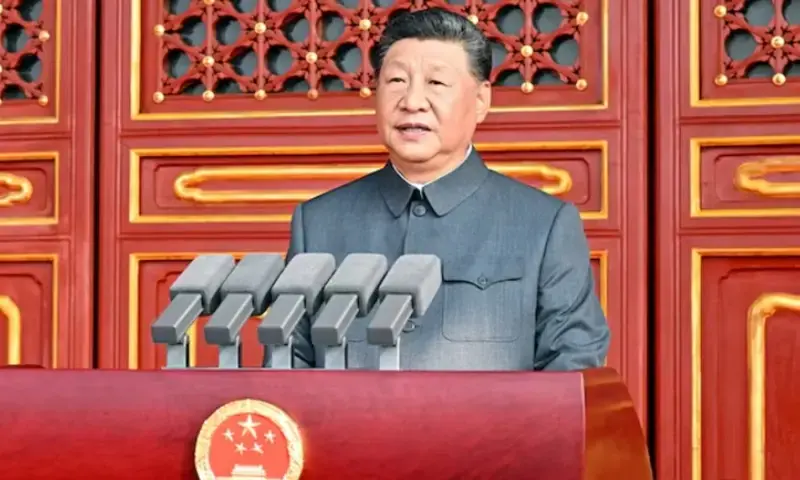

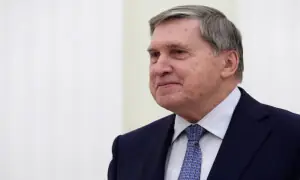
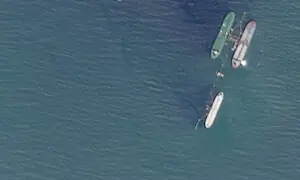
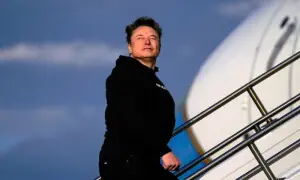
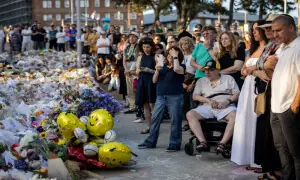
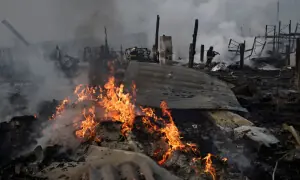

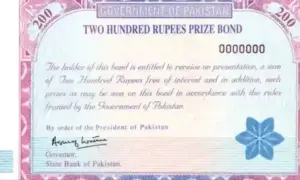
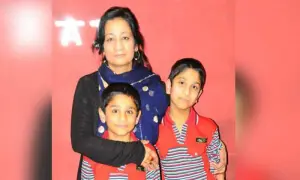
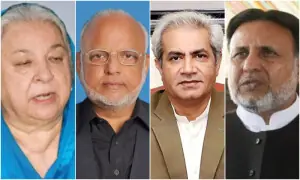
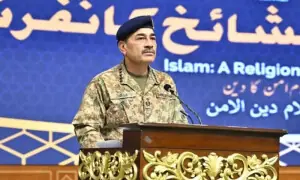


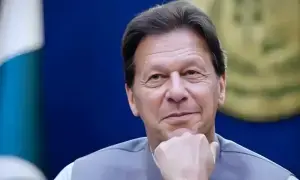
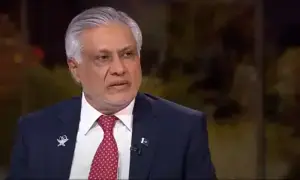
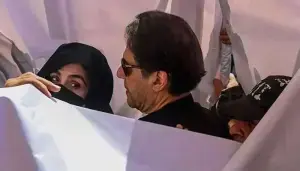


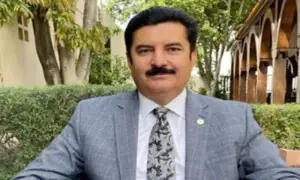
Comments are closed on this story.